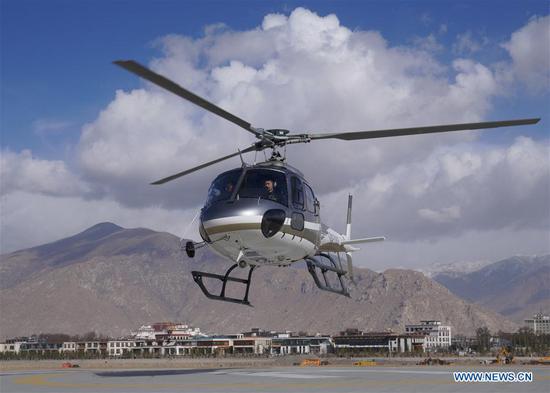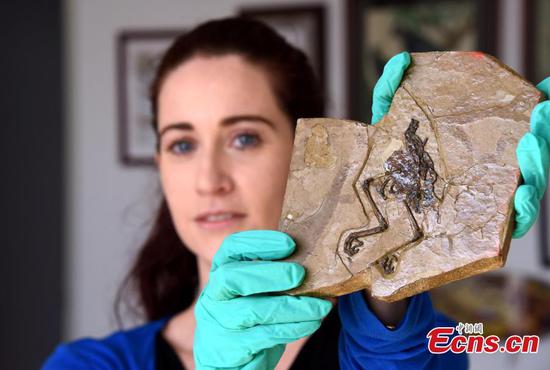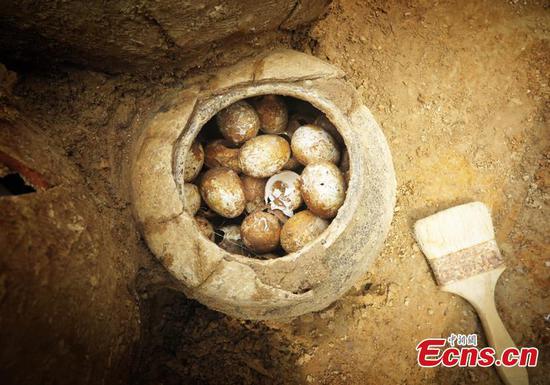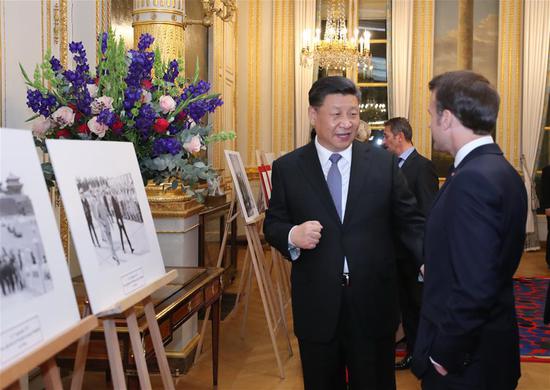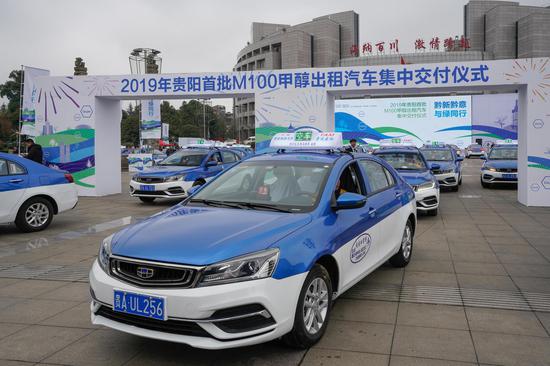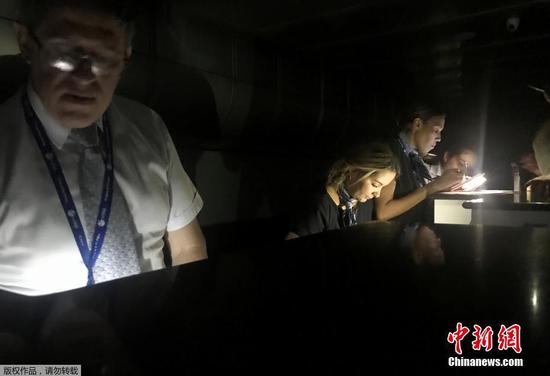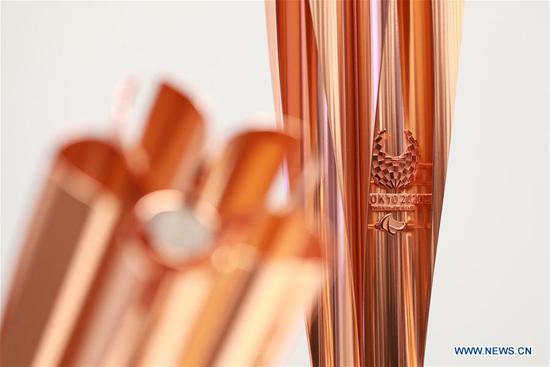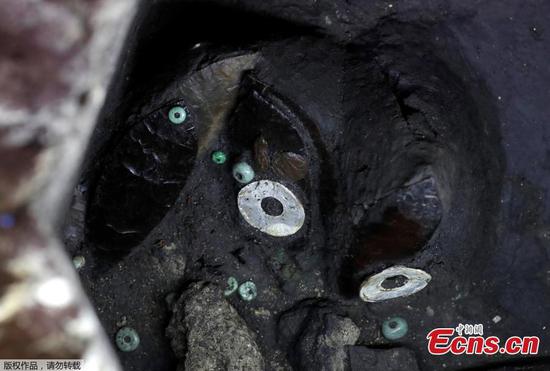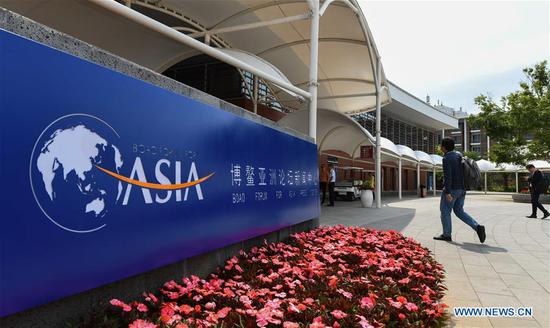Muscular engine expected to play a central role in future moon missions
Chinese engineers have successfully tested components of what is expected to be the nation's largest and mightiest rocket engine, according to China Aerospace Science and Technology Corp, the country's leading space contractor.
The State-owned space conglomerate said in a statement on Tuesday that engineers had carried out a compatibility test on the turbopump and gas generator of the engine - which will deliver 500 metric tons of thrust using a combination of liquid oxygen and kerosene - on Sunday at a testing facility in Baolongyu area of Xi'an, Shaanxi province.
The test verified designs of the turbopump and gas generator and paved the way for the engine's overall testing, the statement said, explaining that a turbopump is a core part of a rocket engine.
"Considering its sophisticated structure and the extreme conditions under which it works, the research and development of the turbopump is the most important part of a rocket engine project. Therefore the successful test represents a major milestone," it read.
Meanwhile, the gas generator is like a miniature rocket engine inside a larger one and is tasked with igniting the whole engine, experts said.
The engine, which is under development at the Academy of Aerospace Propulsion Technology in Xi'an, will be the biggest and most powerful of its kind in China. It will be used on the Long March 9 super-heavy carrier rocket, which will be key to the country's future space endeavors, such as a manned lunar mission, according to China Aerospace Science and Technology Corp.
Liu Zhirang, president of the academy in Xi'an, said that the new engine will consume much more propellant than its predecessors and work under higher pressures and temperatures.
"So the materials to build it will be much stronger than those used in existing engines," he said. "In addition, the engine will employ newly developed advanced cooling devices. All of these will require state-of-the-art structural designs and outstanding welding techniques."
He said that in addition to the 500-ton-thrust type, the Long March 9 will also use two new engine models, one with 200 tons of thrust and one with 25 tons.
According to Li Hong, deputy general manager at China Aerospace Science and Technology Corp, the Long March 9 will be capable of lifting a 140-ton payload into a low-Earth orbit or a 50-ton spacecraft into a lunar transfer orbit. It will also be able to ferry 44 tons to a Mars transfer orbit.
The gigantic rocket's carrying capacity is more than five times that of the Long March 5, which is now the most powerful and tallest in China's carrier rocket family, he said, noting that the new model will have a length of nearly 100 meters and a diameter of 9.5 m.
If the research and development proceeds well, the Long March 9 will carry out its first flight around 2030. It will enable China to send manned missions to the moon and to conduct other deep-space explorations, Li said.









